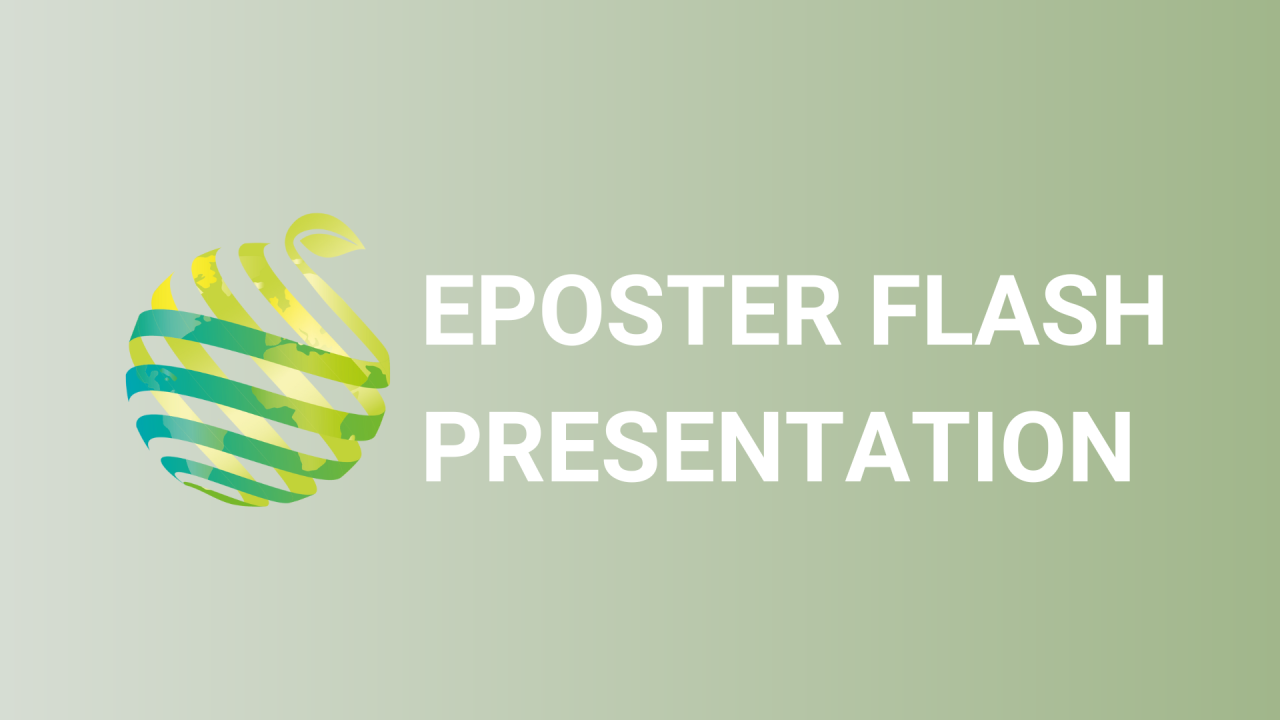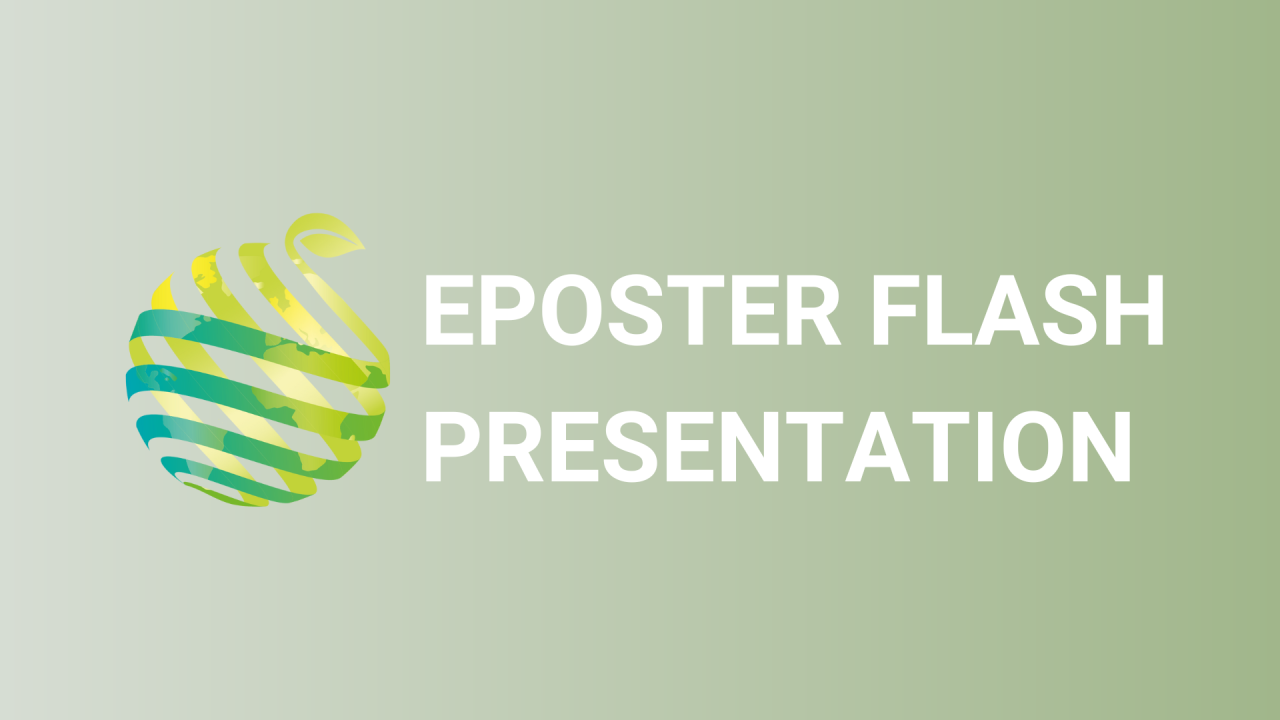

S03 - Session P1 - Abiotic influences on seed germination of three spring flowering Asteraceae annuals from the winter-rainfall region of South Africa
Information
Authors: Charles Laubscher *, Roger Oliver
For a few weeks of each year large parts of the Western Cape, South Africa burst into a magnificent riot of flowering colours. The timing and longevity of the winter-rainfall season, desiccation sensitivity and poor longevity of seeds are major factors affecting the germination in species with intermediate seeds. Three Asteraceae species; Arctotis hirsuta, a vulnerable, red-listed species, C otula duckittiae, an endemic species and Oncosiphon suffruticosum a traditional medicinal speciespresented germination challenges when introduced into the Kirstenbosch National Botanical Garden annual display beds from wild-collected seed. The study aimed to evaluate temperature, light and dark influences in breaking seed dormancy of these species. Experiments consisted of constant and alternate temperature (7 °C, 12 °C, 17 °C, 22 °C, 27 °C, 12 °C/22 °C and 17 °C/27 °C) treatments in combination with continuous light, darkness, and equal alternate (12-hour cycles) light and darkness using laboratory incubation. Results showed that germination of A. hirsuta achenes responded to temperatures of 22 °C and 27 °C with light interaction. The achenes of C. duckittiae recorded germination of ≥ 60% within the temperature range 7 °C - 17 °C and alternating temperature of 12 °C / 22 °C. C. duckittiae achieved an optimum germination at 22 °C in the dark. In O. suffruticosum ,the highest germination was achieved at 12 °C in the light, however this did not differ very much from 17° C, (in light), 22° C (in light) and 7° C (in dark). O. suffruticosum recorded very low germination percentages over all the treatments. The study presented advanced germination strategies for future restorative purposes of wild populations, botanical displays and commercial potential of spring flowering species.